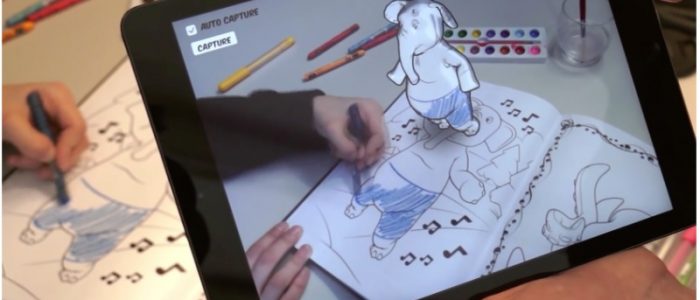Augmented Reality – What is it? How will it be used?
The Origins of Virtual and Augmented Reality
To explain “Augmented Reality” as a technology, we need to start with “Virtual Reality” (VR). The concept of “Virtual Reality” was introduced in the 1920’s, according to the Virtual Reality Society, with the first flight simulator used as a training device for novice pilots (weren’t they all?). Fast forward to the late 60’s, the first head-mounted display (attached to a computer) was introduced.
It took another decade for NASA to adopt the ingenuity to support various research projects in the early 1970s. However, it was less than 4 years ago, Sony demonstrated a prototype headset to be used with it’s PlayStation 4. Today, VR headgear is available across the majority of all department store at prices that support mainstream adoption.
VR is relatively easy to understand, and the applications are only limited by the imagination. Juxtapose VR to augmented reality (AR) – a term coined by a Boeing Researcher, Thomas Caudell, to describe “how the head-mounted displays that electricians used when assembling complicated wiring harnesses worked” – the first mainstream application wasn’t used until the late 90s, to illustrate the yellow “first down” line that has been incorporated in televised NFL football games. Today, Google and Heads-up displays in car windshields are the most well-known applications to the mainstream consumer.
According to TechTarget, AR applications add digital imagery and data to supplement views of the real world, giving users more information about their environments. That’s a step beyond virtual reality, which attempts to simulate reality.” Think of the wildly popular Pokémon Go game, or AR stickers on Google Pixel (the holograms that allow you to take characters from both fictional worlds and the real world, and drag them into your immediate surroundings.
Where’s augmented reality heading?
The applications are as endless as VR, with a projected growth by 2019 to $2.4 billion, according to Jupiter research. The Internet of Things (IoT) is leading the way to endless applications for both the established Intel, Microsoft, and Qualcomm enterprises of the world, as well as new start-ups to be engineered into the next government, business and consumer technology revolution.
CultureFit is in the unique position to assess development and programming trends as businesses seek expertise and experience to help them with their innovative next gen solutions.– CultureFit has built relationships with hundreds of candidates and companies, and invested in a recruiting infrastructure and the advanced technologies needed to run it, so finding the right talent for your business can be as easy as searching through our database. So, instead of wasting valuable time and money on the lengthy process of finding potential tech candidates, talk to one of our IT Staffing Professionals at CultureFit


